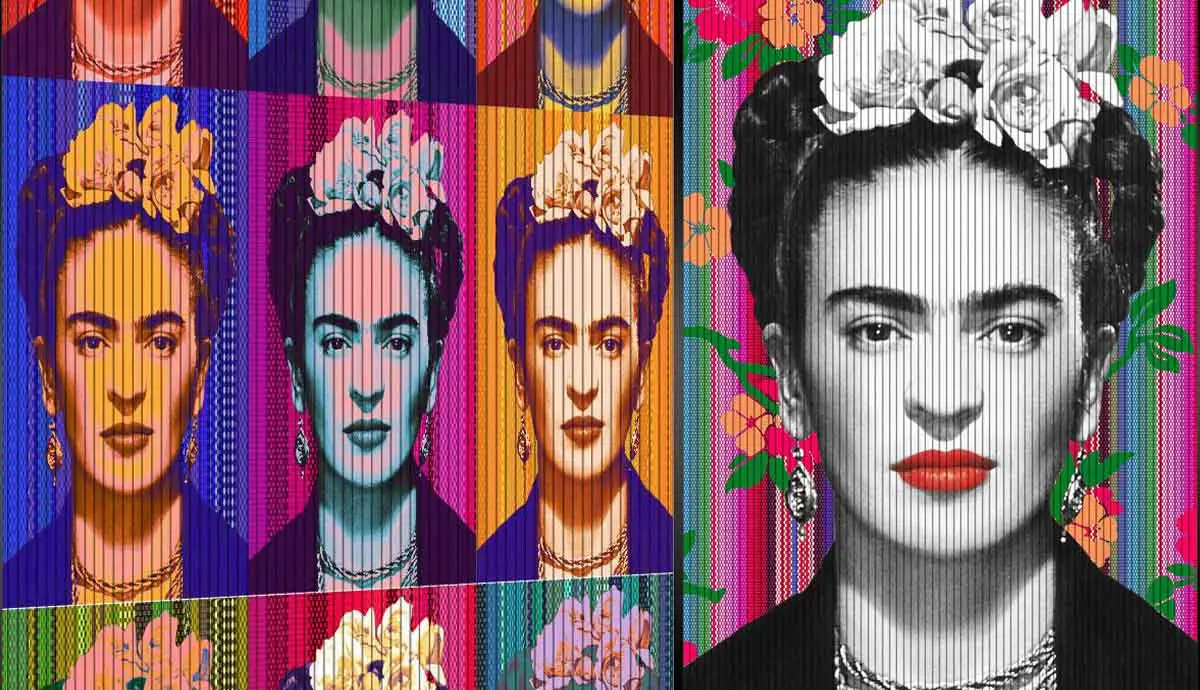
Why Did Frida Kahlo Paint Her Injuries and Disabilities?
Magdalena Carmen Frida Kahlo y Calderón was a popular Mexican artist. She is remembered as an icon of Surrealism and a champion of Mexican nationalism.
The average person may know her from one of her many self-portraits or colorful depictions of her Mexican and Aztec symbols and motifs.
However, some — not even many art enthusiasts — may know Kahlo’s paintings express bold stories of her medical struggles with poliomyelitis, a disabling condition affecting her spinal cord, which could cause potential paralysis.
What Are Some of the Disabilities and Injuries Frida Kahlo Experienced?
Kahlo was only six years old when she was infected with the poliovirus, which caused damage to her right leg and foot. For contextual factors, poliovirus is passed via the respiratory systems and multiplies in the throat and intestines.
This then attacks the nerves in the spine and base of the brain, which causes paralysis, usually in the legs, developing over months. In an attempt to bereave Frida from the effects of polio, her father thought playing football, wrestling, and swimming would help her recover.
At 18, Kahlo survived a bus crash that killed several passengers in her home in Mexico City. As a result of the accident, Kahlo was pierced by a metal handrail that fractured her pelvis and punctured her abdomen and uterus.
Her spinal column was broken in three places, her right leg in 11, her collar bone was broken, and she had a dislocated shoulder. This particular accident would lead to a life of chronic pain and agony.
Although the bus accident isolated the artist and led to difficulty with fertility, it also tempered her artistic vision. It strengthened her resolve to realize her talents no matter what. The remainder of Kahlo’s life was spent painting and honing her own pain on the canvas, where she spilled her pain for the disability community.
How Did Frida Kahlo Depict Her Disabilities?
As a way of projecting her disability through the artistic format, Kahlo began to paint as a teenager. At times she saw herself and others in an almost disembodied way.
She created surrealist paintings that looked like medical charts of her miscarriages, vehicular accidents, and the metal rods that propped up her back and caused chronic pain.
The Broken Column
A prominent example of this is “The Broken Column,” painted in 1944. This painting is a self-depiction of Kahlo standing on a beach she frequently visited as a child. Her body is in the foreground of the painting, opened up and exposed, portraying the reality of polio for anyone who cares to look and understand.
There is a rod going down the spinal area with restrictive metal corsets around her frame, accurate to what she would wear for most of her life. Nails are embedded into Kahlo’s body throughout, connoting the daily struggle she was put through due to poliomyelitis.
Tree of Hope, Keep Firm
She painted two versions of herself in the “Tree of Hope, Keep Firm”. The sun is in the background, on the left side, and on the right side is the moon. The ground on both sides is broken with deep crevices across the canvas.
Kahlo painted the back of her body with an open gash going down her back and across her hip. The left side of the painting shows her dressed in a red gown holding her restrictive medical corsets. She also holds a sign that says, “Tree of hope stands firm.”
What Came From Her Art
Kahlo came face-to-face with her disabilities and turned them into art throughout her life. She has many paintings depicting her disabilities. She never let her disability prevent her from pursuing her passion.
Reflecting very much on what she set out to achieve in her paintings, Kahlo summarizes her approaches by saying, “I never paint dreams or nightmares. I paint my own reality”. That reality is about a disability that she endured for the rest of her life, which history commonly and sadly overlooks with retrospective rose-colored glasses.
Frida Kahlo: Champion For All
Not to characterize Kahlo solely by her disability, she has become a historical icon for many other overlooked communities. Kahlo is a symbol of feminism as a successful female artist despite many of her contemporaries and movements being dominated by men.
Frida also stood as a role model to bisexual women. She was married to Mural artist Diego Rivera, who mentioned earlier, had epilepsy. Each of them, however, had separate love affairs, Kahlo, with both men and women. The stars included Dolores del Rio, Paulette Goddard, Maria Felix, and even rumored Georgia O’Keefe.
She is the epitome of proving you can be more than one thing yet still be successful. The disability and LGBTQ+ communities intersect in many ways: 30% of men and 36% of bisexual adults live with a disability.
The Bottom Line
We don’t want to see Frida Kahlo as a famous disabled artist. She overlaps into several significant sectors, which should be acknowledged by the 21st century. Global history is at its strongest when it includes diverse and talented figures who can relate to modern society.
They prove to be a positive role model for success. Many studies show that disabled people within the Latino community hide their disabilities due to stigma, yet Frida Kahlo painted them with pride.
She presented what made her unique in the loudest possible way, with whole galleries dedicated to what made her just that… herself. People such as Kahlo made an immense difference for women, Latinas, LGBTQ+ persons, and most importantly, people who are disabled.